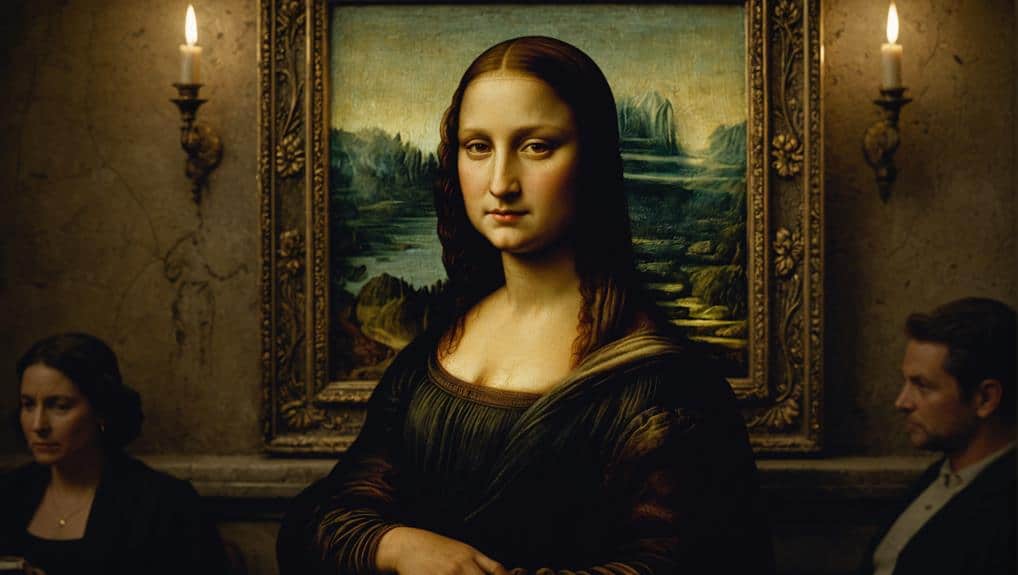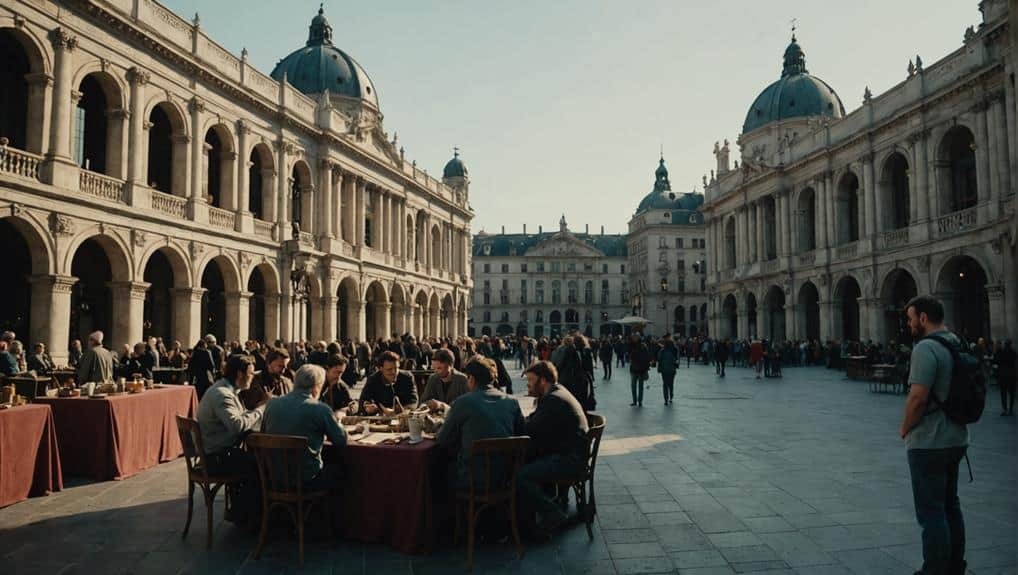The Renaissance, a period spanning roughly from the 14th to the 17th century, marks a pivotal era in European history. Originating in Italy, this cultural rebirth eventually spread throughout Europe, bringing a renewed interest in classical antiquity and fostering unprecedented advancements in art, science, and human thought. It was a time of exploration and discovery, where intellectual curiosity flourished, leading to significant developments that would shape the modern world.
Major Figures and Their Contributions
Artists
Leonardo da Vinci
- Mona Lisa: Perhaps the most famous painting in the world, known for its enigmatic smile and masterful use of sfumato.
- The Last Supper: A groundbreaking depiction of Christ’s final meal with his disciples, noted for its composition and emotional depth.
- Inventions and Scientific Studies: Leonardo’s notebooks are filled with sketches and ideas for inventions, from flying machines to anatomical studies, showcasing his wide-ranging genius.
Michelangelo
- David: A masterpiece of Renaissance sculpture, representing the biblical hero with perfect anatomical precision.
- Sistine Chapel Ceiling: A monumental fresco that includes iconic scenes such as the Creation of Adam, celebrated for its grandeur and detail.
- Pietà: A poignant sculpture of Mary holding the dead Christ, admired for its emotional intensity and technical skill.
Raphael
- The School of Athens: An iconic fresco representing philosophy, featuring great thinkers like Plato and Aristotle, demonstrating Raphael’s mastery of perspective and composition.
- Madonna Series: A series of paintings depicting the Virgin Mary, known for their grace and beauty.
Scientists and Thinkers
Galileo Galilei
- Astronomical Discoveries: Galileo’s use of the telescope led to revolutionary observations, such as the moons of Jupiter and the phases of Venus.
- Conflict with the Church: His support of the heliocentric theory brought him into conflict with the Catholic Church, leading to his eventual trial and house arrest.
Nicolaus Copernicus
- Heliocentric Theory: Copernicus proposed that the Earth and other planets revolve around the Sun, challenging the long-held geocentric model.
- On the Revolutions of the Heavenly Spheres: His seminal work, published in 1543, laid the foundation for modern astronomy.
Johannes Gutenberg
- Invention of the Printing Press: Gutenberg’s printing press revolutionized the production of books, making literature and knowledge more accessible to a broader audience.
- Impact on Literacy and Knowledge Dissemination: The spread of printed material played a crucial role in the dissemination of Renaissance ideas.
Innovations in Art and Technique
Perspective and Realism
Linear Perspective: Artists like Brunelleschi developed techniques to create the illusion of depth on a flat surface, transforming the way space and form were depicted.
Use of Light and Shadow (Chiaroscuro): Techniques such as chiaroscuro and sfumato allowed artists to achieve a more realistic representation of three-dimensional forms.
Humanism and the Depiction of the Human Body
Revival of Classical Ideals: Renaissance artists drew inspiration from ancient Greek and Roman art, emphasizing proportion, balance, and idealized beauty.
Anatomical Studies: Artists conducted detailed studies of human anatomy to achieve greater accuracy in their depictions of the human form.
Architecture
Brunelleschi’s Dome: The dome of Florence Cathedral, engineered by Filippo Brunelleschi, is a marvel of architectural innovation and engineering.
Palladian Architecture: Andrea Palladio’s designs, based on classical Roman principles, influenced the development of Western architecture.
Impact on Society and Culture
Patronage System
Role of the Medici Family: The Medici, a powerful banking family in Florence, were significant patrons of the arts, supporting artists like Leonardo and Michelangelo.
Influence of Papal Patronage: Popes like Julius II commissioned works from leading artists, contributing to the flourishing of Renaissance art in Rome.
Changes in Education and Literature
Humanist Curriculum: Education during the Renaissance emphasized the study of classical texts and the humanities, fostering a well-rounded intellectual development.
Notable Writers: Authors such as Dante, Petrarch, and Boccaccio wrote works that blended classical themes with contemporary issues, laying the groundwork for modern literature.
Music and Performing Arts
Development of Polyphony: Renaissance composers developed polyphonic music, where multiple independent melody lines are sung or played simultaneously.
Innovations in Instrumentation: The period saw the invention and refinement of musical instruments, leading to richer and more varied musical performances.
Read More About The Renaissance
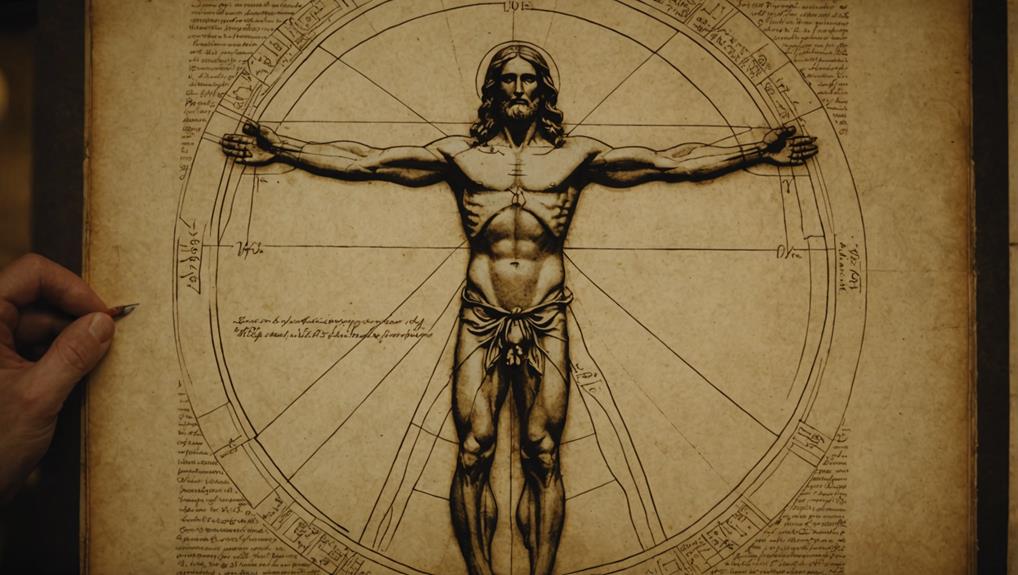
Leonardo's Vitruvian Man: The Perfect Union of Art and Science!
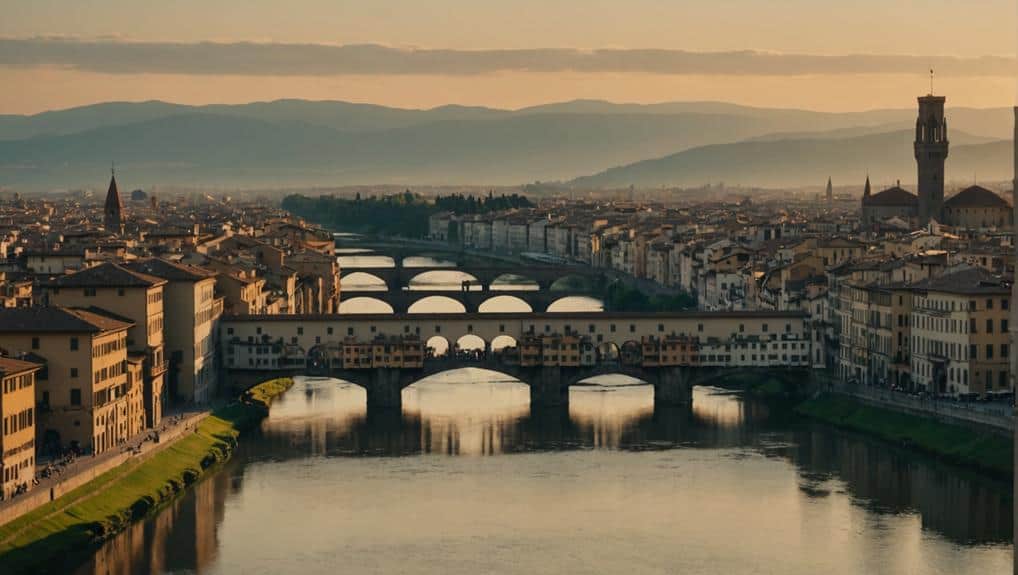
Florence: The Cradle of the Renaissance and Its Artistic Explosion!
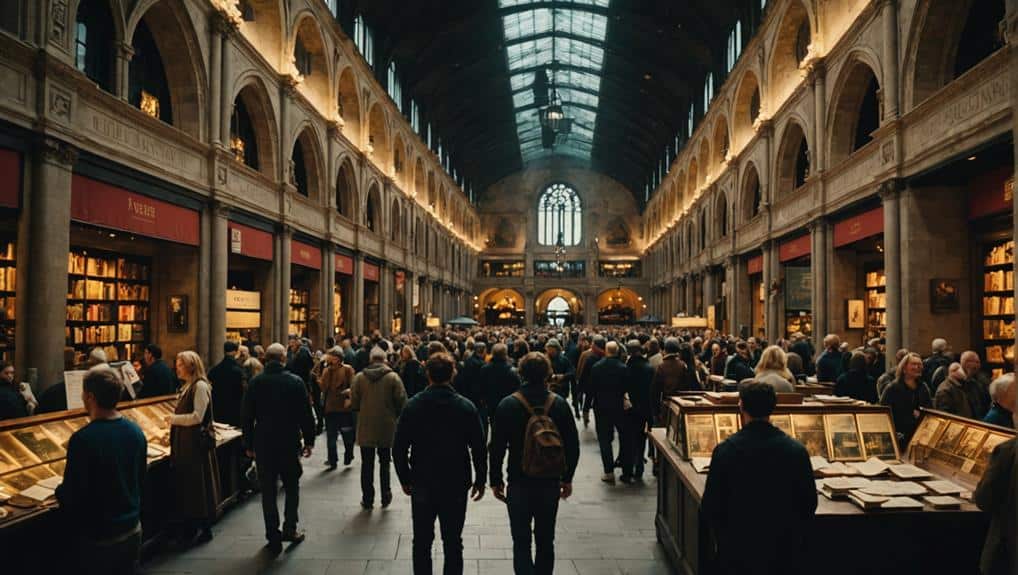
Ideas on the Move: How Renaissance Thought Spread Across Europe!
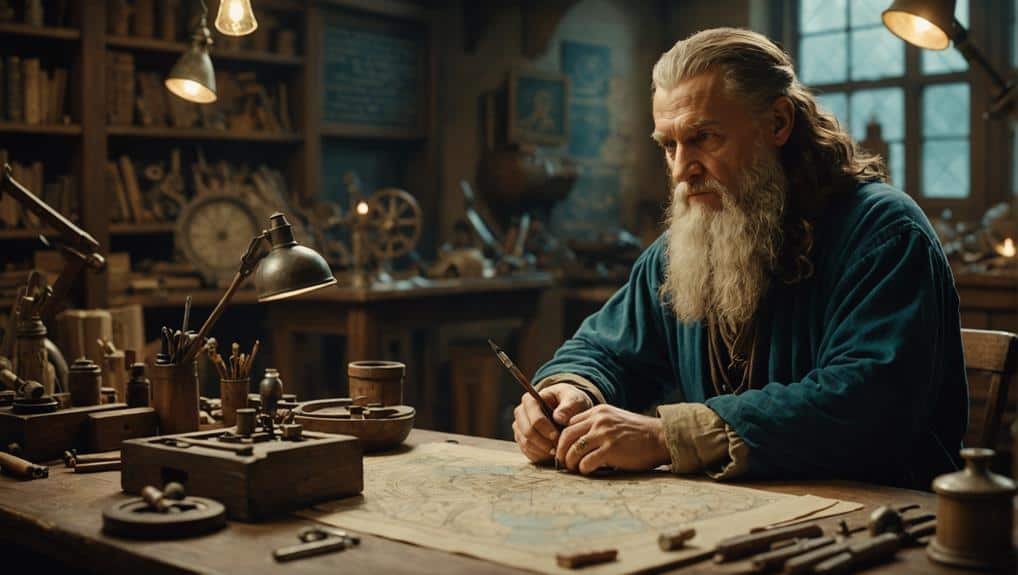
When Art Met Science: the Renaissance Fusion That Changed the World!
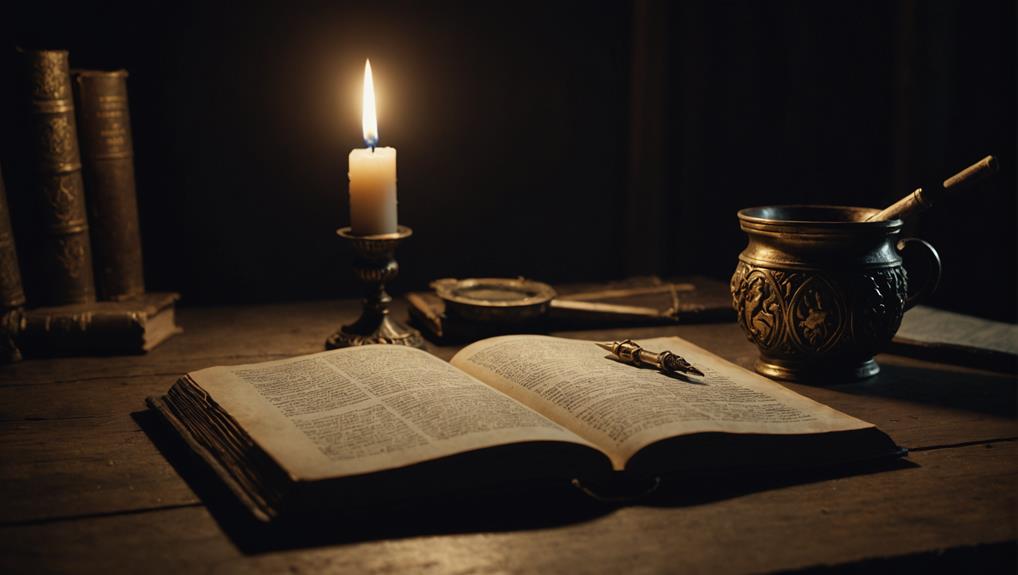
Machiavelli's Manual: The Controversial Guide to Power in The Prince!
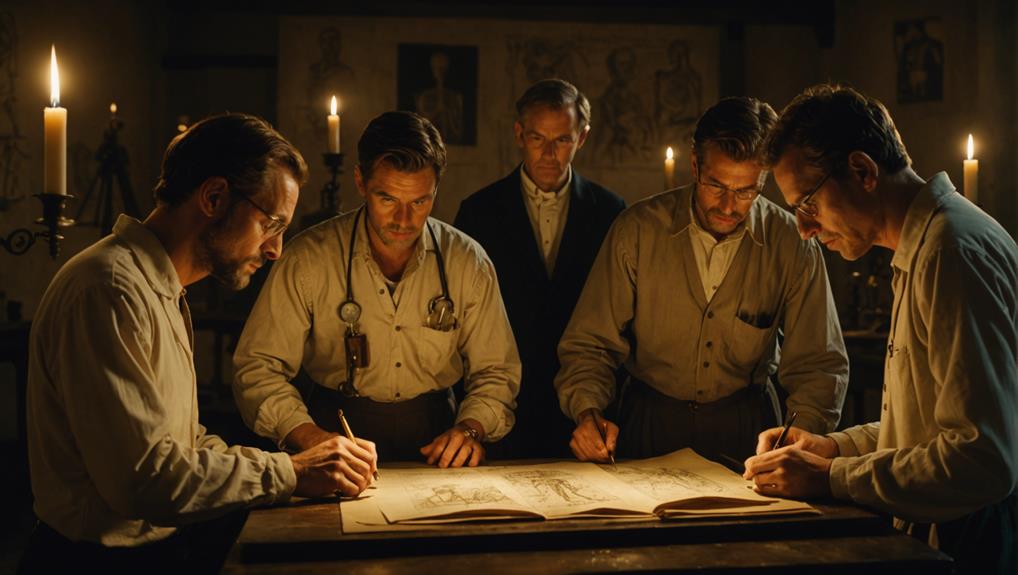
Under the Skin: Renaissance Advances in the Study of Anatomy!
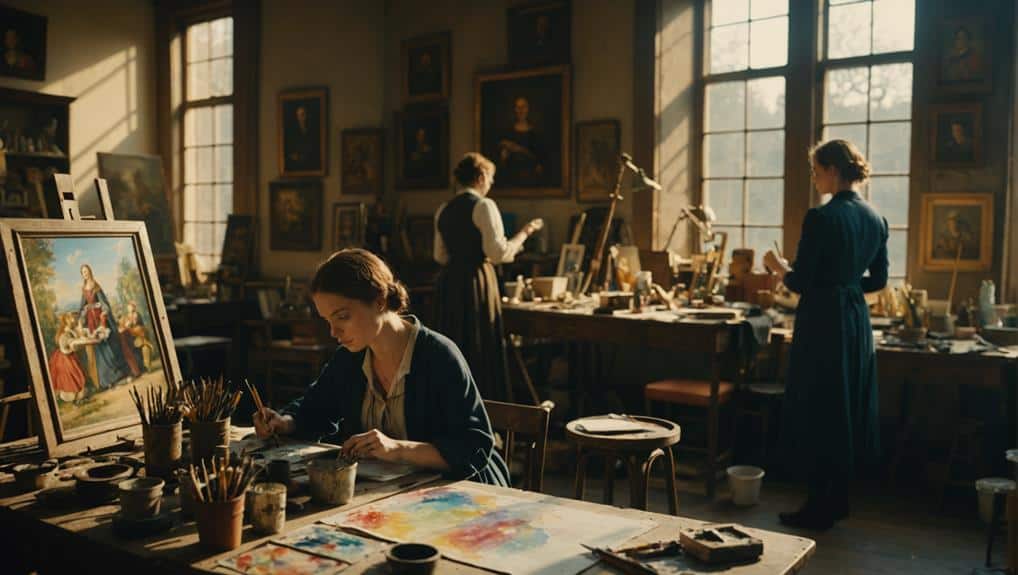
Forgotten Geniuses: The Women Who Shaped Renaissance Art!
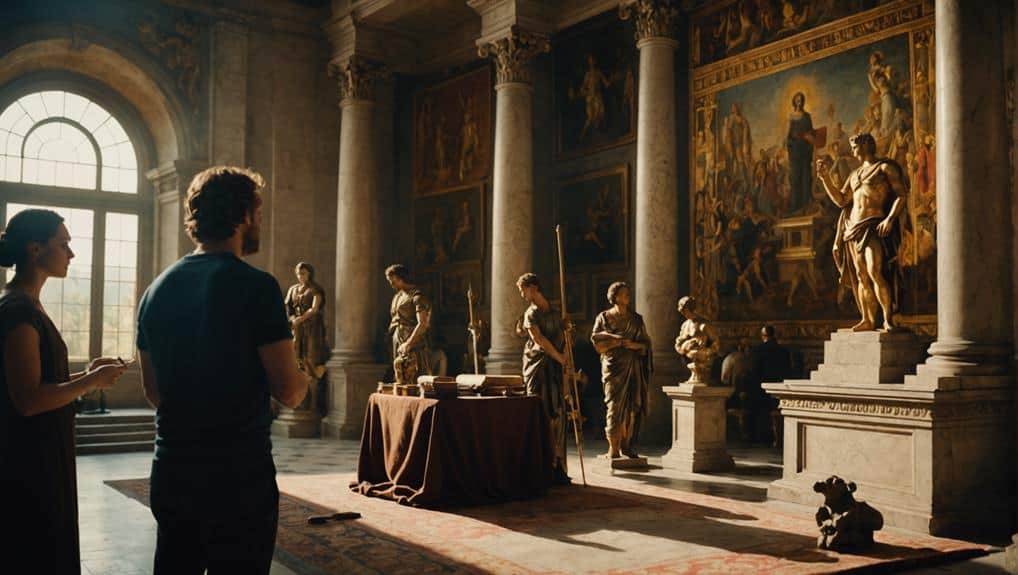
Reviving the Classics: The Ancient Inspirations of Renaissance Art!
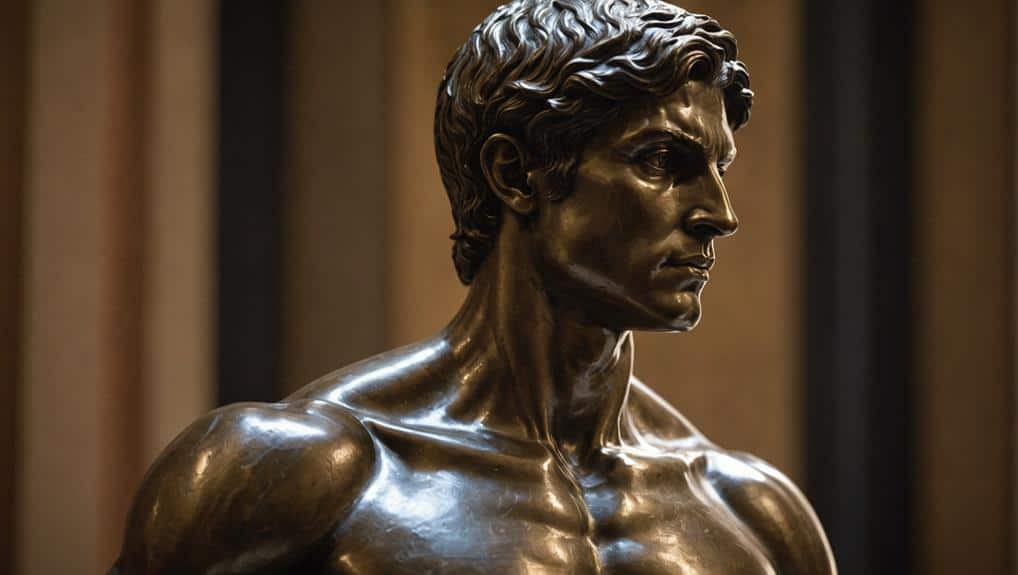
David Like Never Before: The Groundbreaking Realism of Donatello!
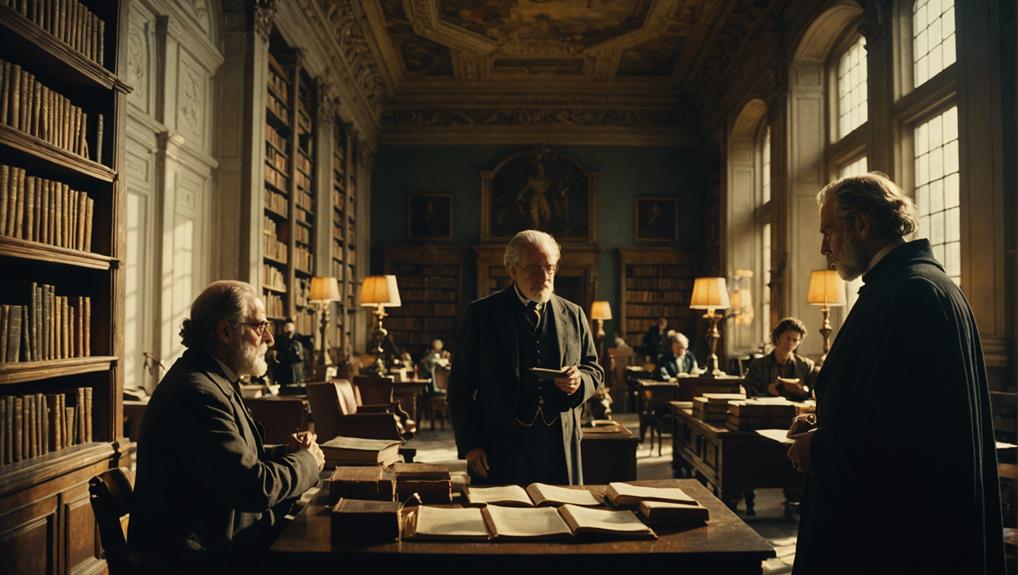
Humanism's Impact: How Renaissance Thinkers Redefined Humanity!
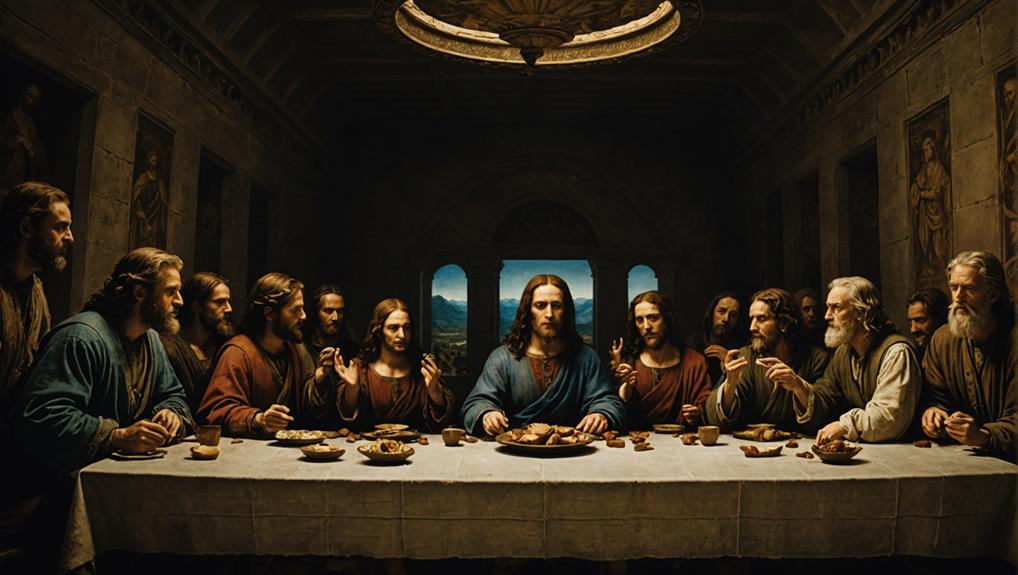
The Last Supper Uncovered: Secrets Behind Leonardo's Iconic Painting!
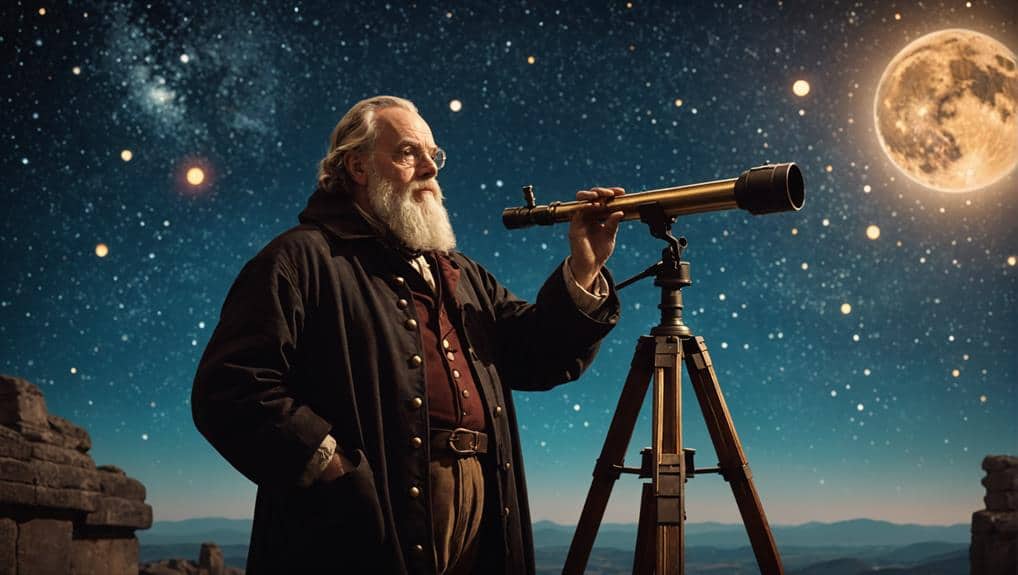
Stargazer's Revolution: How Galileo Changed Our View of the Cosmos!
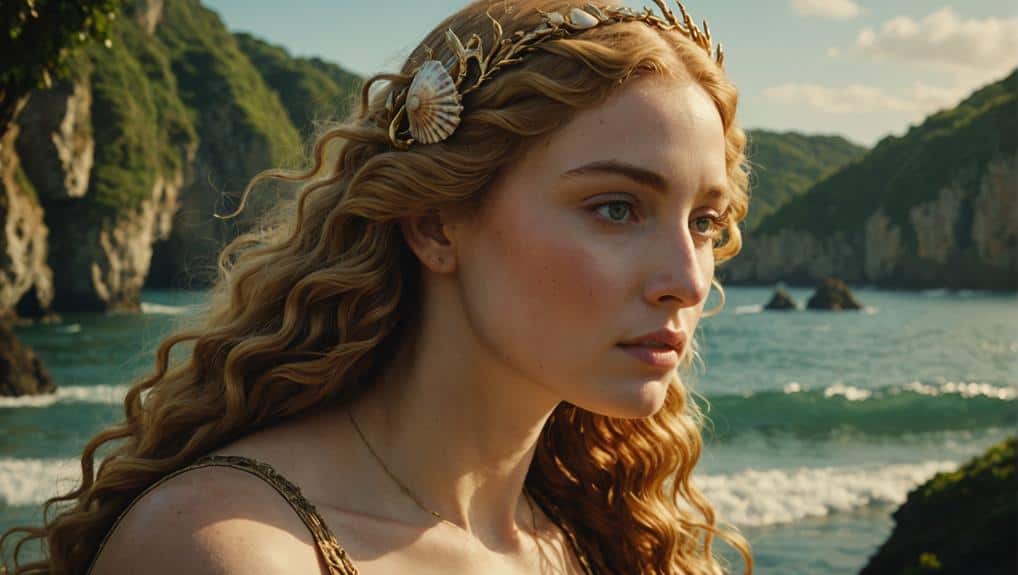
Venus Rising: The Scandalous Beauty of Botticelli's Masterpiece!
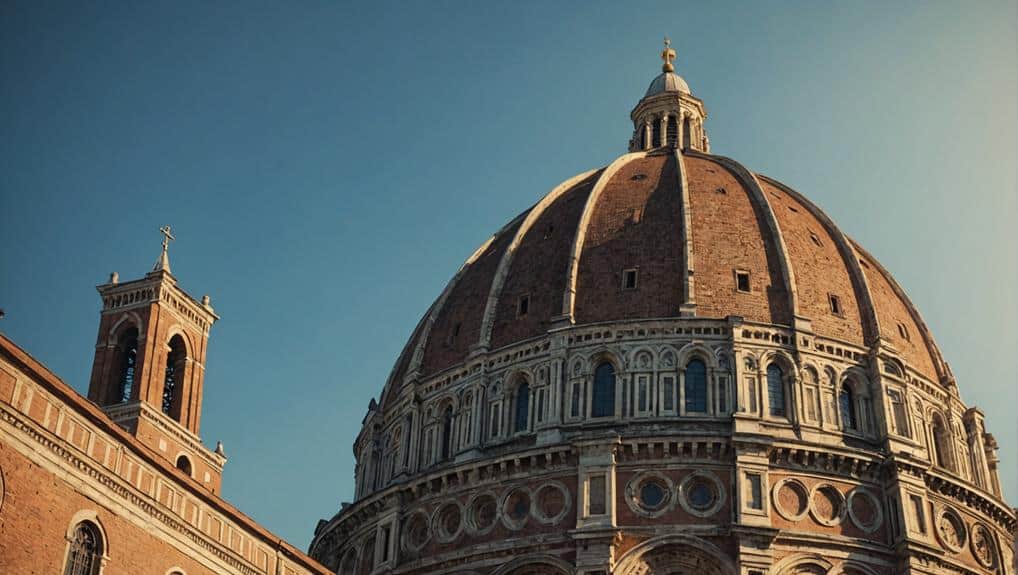
Architectural Marvel: The Ingenious Design of Brunelleschi's Dome!
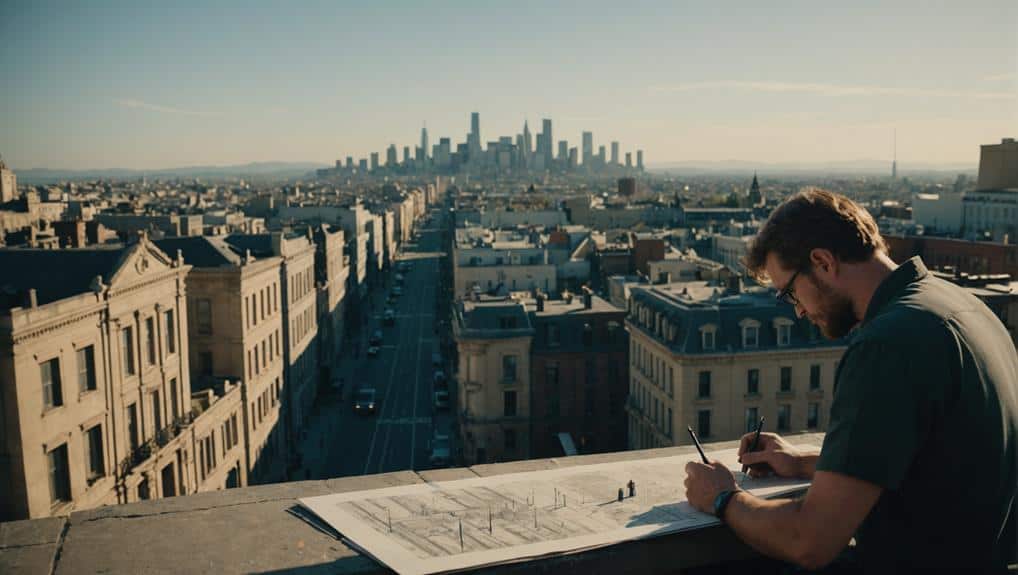
Seeing Is Believing: the Breakthrough of Linear Perspective in Art!
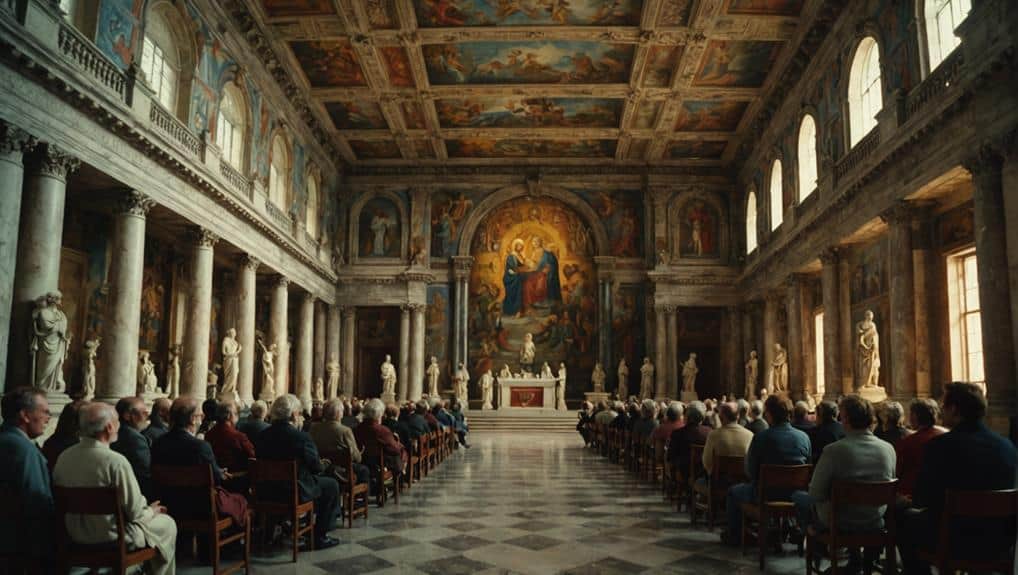
Raphael's Masterpiece: The Philosophers Hidden in The School of Athens!
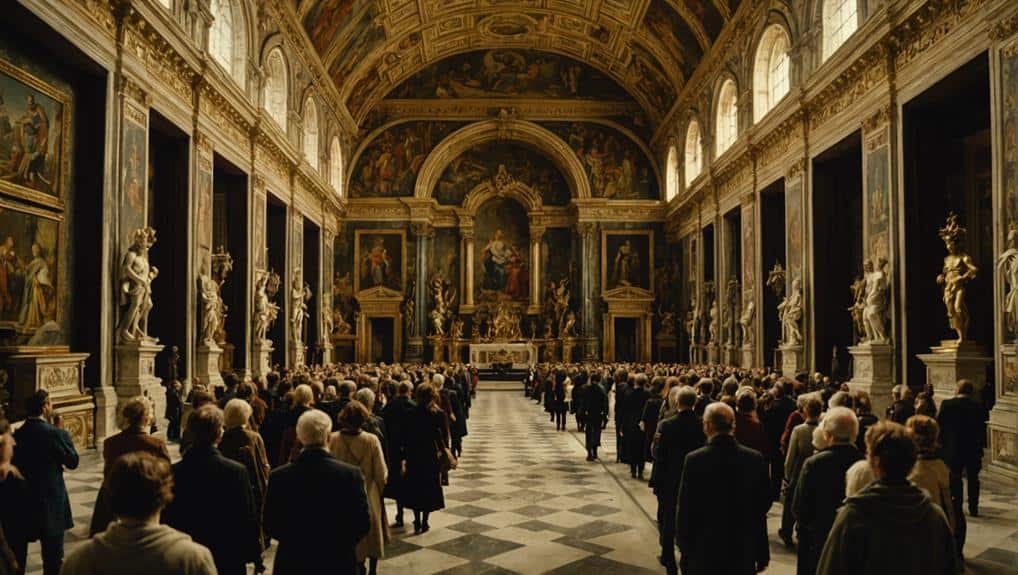
Power and Art: How the Medici Family Shaped the Renaissance!
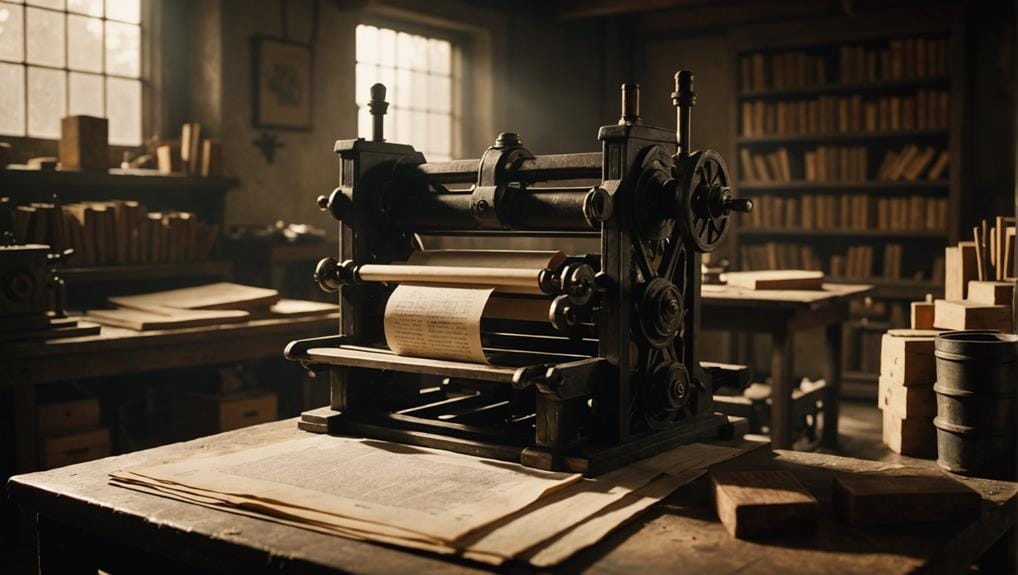
How the Printing Press Revolutionized the World: Gutenberg's Genius!
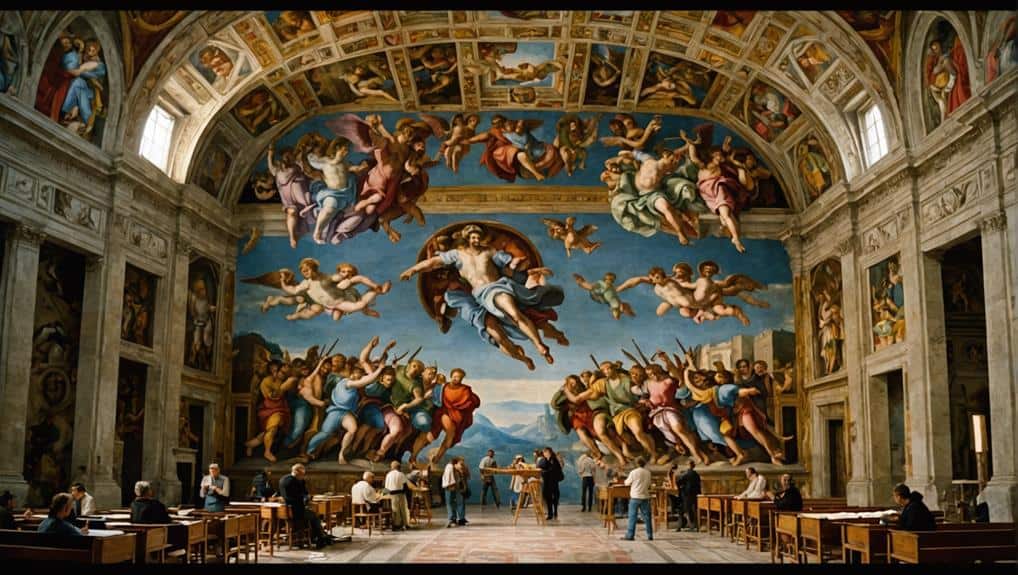
Unveiling Heaven: The Untold Story Behind Michelangelo's Sistine Chapel!
